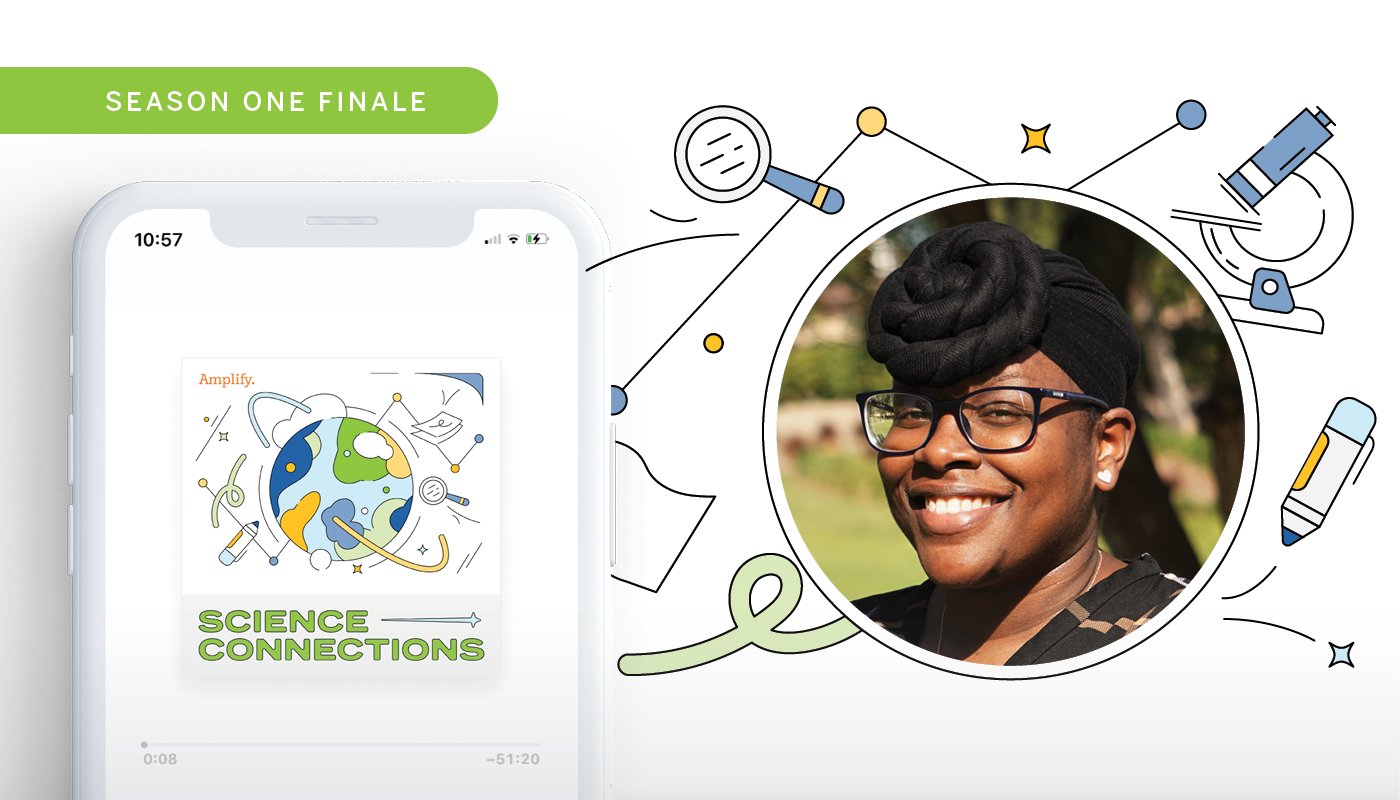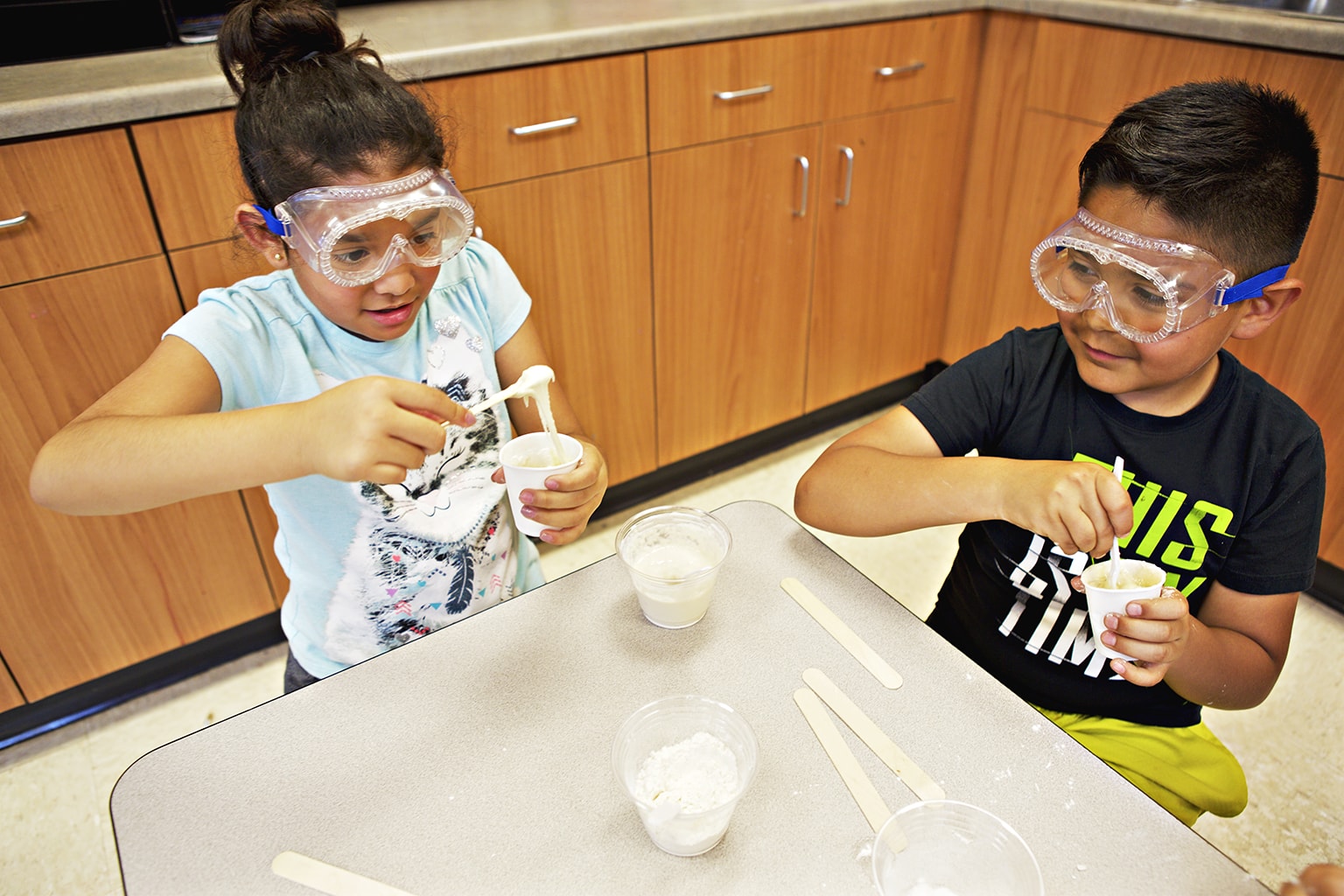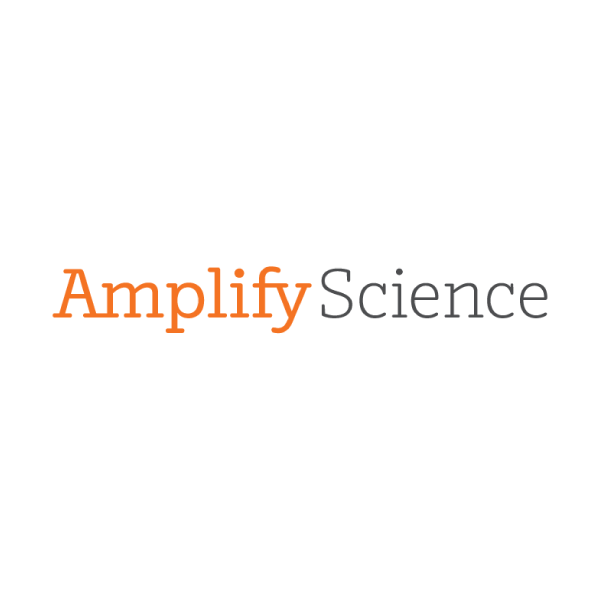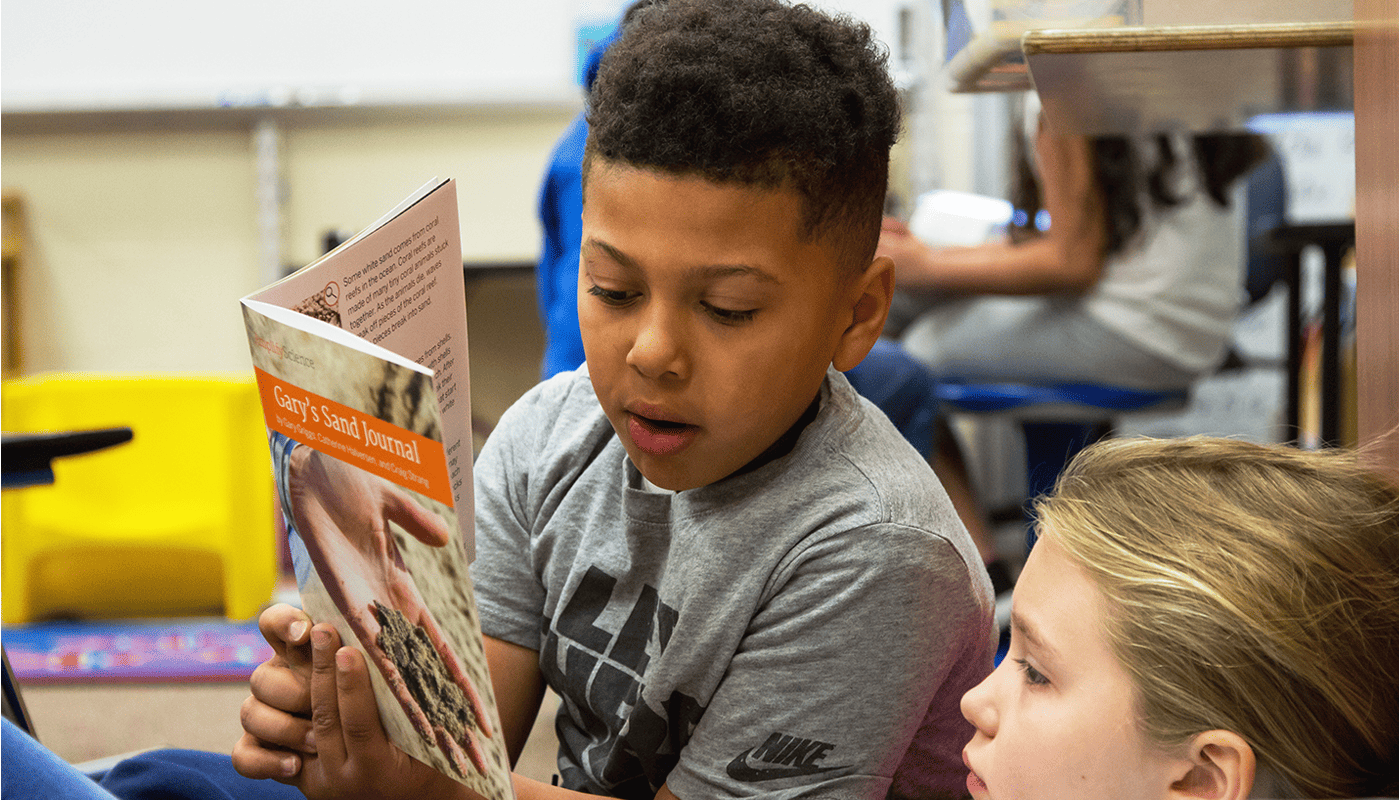
Hear from our Science Connections: The Podcast guest and science PD expert Jessica Kesler
In the final episode of the latest season of Science Connections: The Podcast, host Eric Cross sits down with Jessica Kesler, professional development facilitator for science teachers.
During the episode, Kesler describes her passion for sharing high-impact teaching strategies for science teachers and her experiences teaching in Philadelphia, and discusses how teachers’ roles often involve more than just delivering content.
Read on for a peek at the episode, and to learn more about science professional development for teachers.
Meet Jessica Kesler
“I wanted to be a surgeon,” says Kesler. But learning about science ultimately inspired her to help others learn it, too. Her passion is to empower educators to create engaging and effective classrooms that will foster future leaders, work she is able to do in her role as a professional development facilitator at TGR Foundation, a Tiger Woods charity. This position enables her to develop and implement professional learning experiences focused on STEM-based, student-centered learning practices.

Before joining the TGR Foundation, she taught in Philadelphia schools as a chemistry and science teacher for grades 4–12, which was a bit of a culture shock. Kesler had gone from teaching near-adults who could drive themselves to school to teaching young children who often related to teachers as parent figures. The experience taught her a lot about “patience and breaking information down even smaller,” she says.
“I had to figure out new and inventive ways to teach science and bring it down so far that students would be able to grab onto it and achieve it. It was a challenge,” she continues. “But in the end it paid off. We hit our goals out of the park."”
Teachers are the multipliers we need
Kesler and her team at the TGR Foundation designed their goals around a challenge issued by Tiger Woods himself: Reach millions of kids.
They knew that reaching one student at a time would make it hard to reach their goals.
The key? Focus on teachers, who can reach hundreds of students at a time. “They can have this multiplicative effect that can help us reach those millions of kids and help prepare them for careers,” she says.
Here are just a few of the teaching strategies and pieces of advice they offer science educators:
- Develop your inquiry environment. This means thinking not just about your physical space, but also your intellectual space. Kesler asks: “What are the things that you can embed into your physical space and develop in a student’s intellectual space that will help you create a holistic and growing environment?”
- Be the entrepreneur of your classroom. Kesler and her team like to ask how a teacher can use entrepreneurial techniques to tackle issues in their schools, districts, and spheres of influence.
Teacher trends emerging as the pandemic shifts
“Teachers are eager, but tired,” says Kesler. She notes that while school may be back in session, educators are still managing the effects of the pandemic and trying to get kids excited (and keep them excited) about science.
While teachers want to learn and do more, they are more concerned than ever about having enough time, funding, and energy to do so.
Says Kesler: “I know you don’t have enough time to try to do 29 extra things. My advice is always: Do one thing at a time. Start with something small. Asking your students a few questions rather than lecturing to them doesn’t take a whole lot of extra time, but it gives you so much extra insight. So let’s not work harder. Let’s work smarter.”
She continues: “It’s not Thanksgiving, where you just keep piling on a plate. It’s a time where you organize your inquiry to restructure your plates so that everything has a place and a time.”
Listen to the whole episode and to the rest of the podcast.
About Amplify’s Science Connections: The Podcast
Science is changing before our eyes, now more than ever. So how do we help kids figure that out? How are we preparing students to be the next generation of 21st-century scientists?
Join host Eric Cross as he sits down with educators, scientists, and knowledge experts to discuss how we can best support students in science classrooms. Listen to hear how you can inspire kids across the country to love learning science, and bring that magic into your classroom for your students.


